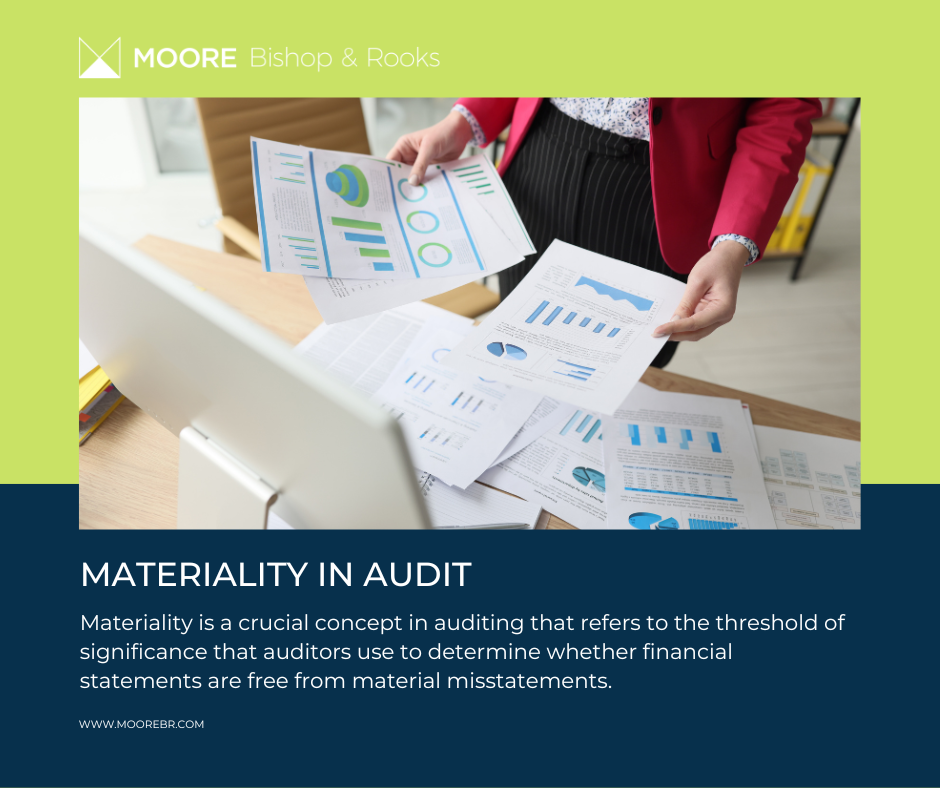Materiality is a crucial concept in auditing that refers to the threshold of significance that auditors use to determine whether financial statements are free from material misstatements. The IASB’s Framework for the preparation and presentation of financial statements states that: “Information is material if its omission or misstatement could influence the economic decisions of users taken based on the financial statements”.
Materiality is a matter of professional judgment in line with ISA 320 that auditors need to decide for any audit engagement. In this case, a matter is material if it can affect the economic decision making of the users of the financial statements.
ISA 320 requires the auditor to apply the concept of materiality:
- When planning and performing the audit, and
- When evaluating the effect of misstatements on the financial statements and therefore on the audit opinion
At the audit planning stage, materiality is a key factor in determining the auditor’s answer to ‘what audit work is to be done?’
ISA 320: Materiality in planning and performing an audit, states that, in assessing what is material or not material, auditors are entitled to assume that users:
- Have a reasonable knowledge of the business and are willing to study the information in the financial statements diligently.
- Understand that financial statements are prepared and audited to the levels of materiality.
- Recognise the uncertainties inherent in certain amounts in the financial statements (such as provisions)
- Make reasonable economic decisions based on the information in the financial statements.
At the planning stage, the auditor must determine materiality for the financial statements as a whole. This is often referred to as the materiality level or materiality threshold. If lower thresholds are required for some areas these must also be set at this stage.
The auditor must also set what ISA 320 refers to as performance materiality. Performance materiality recognises the fact that if areas of the audit are carried out to detect all errors/omissions under the (overall) materiality level certain aspects of the financial statements that could pose challenges to the users of the account might be overlooked hence, lower threshold could be set at this stage for those aspect of the audit. It is worthy of note to say that when all the individual immaterial errors/omissions are added together, overall materiality could in fact be breached since in aggregate, they may be greater than the performance materiality. Performance materiality is a way of taking this risk into account and it will be set at a lower figure than overall materiality.
As the audit progresses, the auditor must revise materiality (and, if appropriate, materiality for particular areas and performance materiality) if he becomes aware of information which would have caused him to have initially set different levels, had that information been known to him at the time. Documentation must include details of all materiality levels set and any revision of these levels as the audit progresses.
In conclusion, materiality plays a critical role in auditing as it helps auditors to focus their attention on matters that have a significant impact on financial statements as a whole. It also helps auditors to ensure that small errors or omissions do not exceed overall materiality.
